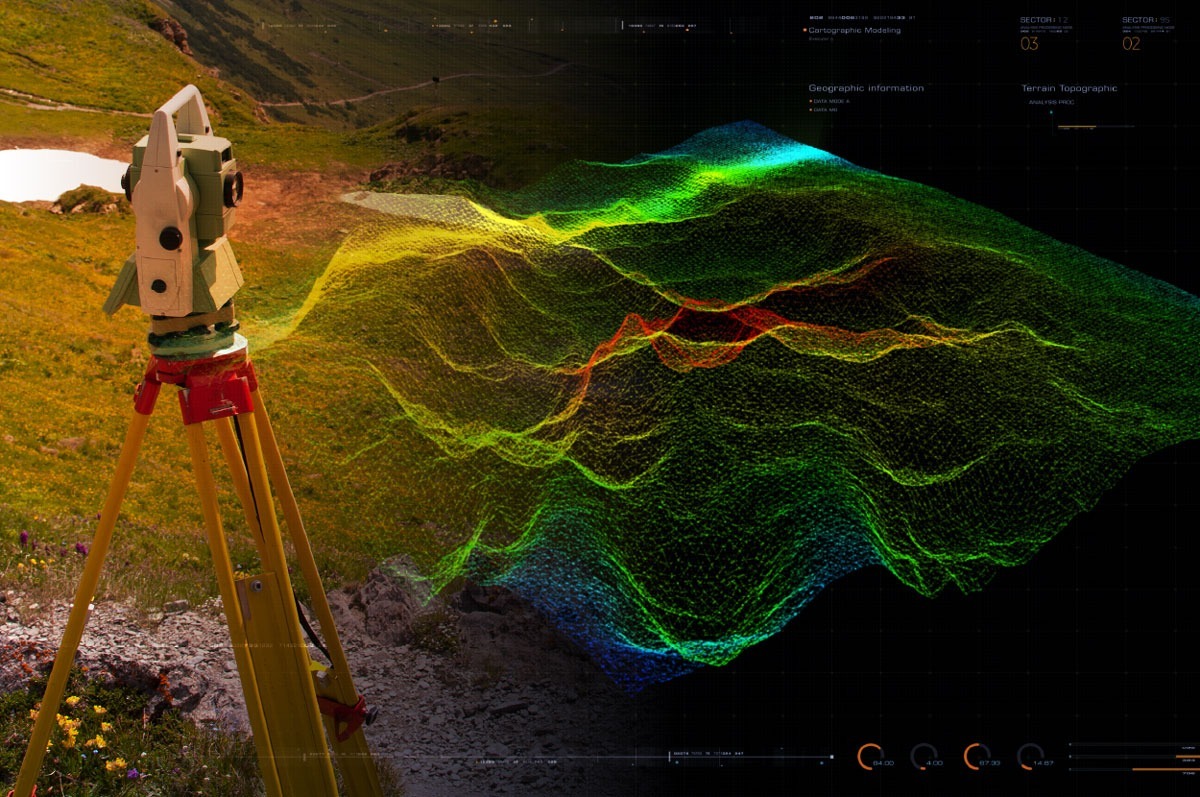Vital Tools and Techniques in Setting Out Design
The self-control of setting out design relies heavily on a suite of important tools and techniques that underpin the precision and effectiveness of project execution. What effects does this hold for future engineering techniques?
The Value of Accurate Measurements
The importance of accurate dimensions prolongs past mere conformity; they are essential to the total efficiency of engineering processes. Mistakes can result in worldly waste, job hold-ups, and enhanced labor costs, ultimately influencing the project's bottom line. Furthermore, precise measurements boost the top quality of the last product, guaranteeing that it does as meant and fulfills the expectations of stakeholders - setting out engineering.
In addition, the significance of precise dimensions appears in numerous engineering disciplines, consisting of civil, mechanical, and electric design. Each area demands an one-of-a-kind method to dimension, yet the underlying need for precision continues to be constant. As tasks become significantly complex, the reliance on accurate measurements will just magnify, underscoring the requirement for continuous advancements in dimension strategies and technologies. Thus, fostering a society that prioritizes accuracy is necessary for the future of design.
Vital Tools for Laying Out
Laying out, a vital stage in the design and construction procedure, relies heavily on certain devices that make sure accurate place and placement of frameworks. Among these devices, the property surveyor's level stands apart, supplying exact straight dimensions essential for developing recommendation points. This tool allows designers to determine altitude adjustments and keep uniformity throughout the task site.
The total station is an additional vital device, incorporating electronic range dimension with angular measurement abilities. This innovation boosts efficiency and precision in catching spatial data, permitting effective site layout and preparation.
Furthermore, making use of gauging tapes and noting tools, such as chalk lines or risks, is essential for momentarily noting borders and crucial points on the website. These fundamental devices, though straightforward, are critical for making certain clear communication amongst the building team regarding job requirements.
Lastly, GPS modern technology has gotten traction in laying out processes, supplying real-time placing information and substantially boosting accuracy over conventional approaches. Jointly, these necessary devices form the backbone of efficient setting out practices, ultimately contributing to the successful execution of engineering and building and construction tasks.
Advanced Checking Strategies
Advanced checking strategies play a pivotal role in enhancing the precision and effectiveness of engineering tasks. These techniques include a series of approaches that supply exact data for layout and building and construction. Standard techniques, such as leveling and triangulation, have progressed right into much more advanced approaches, including Total Terminal surveys and International Navigation Satellite Equipment (GNSS)
Overall Terminal devices integrate digital theodolites with distance measurement capacities, enabling surveyors to gather accurate area information with great speed. This innovation considerably lowers errors related to hand-operated dimensions and offers real-time information handling. Furthermore, GNSS provides unparalleled accuracy for large jobs by using satellite signals to establish specific positioning, which is important for making sure and lining up frameworks compliance with layout specifications.
Along with these tools, advanced techniques additionally incorporate geospatial analysis and 3D modeling. These methods allow designers to picture terrain and site conditions better, helping with far better decision-making during the planning phase. By employing these innovative checking methods, design projects can attain greater precision in layout, minimize rework, and eventually improve general task success.
Digital Technology in Design
The combination of electronic innovation has actually transformed design techniques, improving both efficiency and precision across different self-controls. Tools such as Structure Info Modeling (BIM) assist in the visualization and management of complicated jobs, enabling designers to collaborate flawlessly and make notified decisions. This technology enables the development of detailed 3D models, which can be examined for architectural honesty and performance prior to building and construction starts.

The application of man-made knowledge and artificial intelligence in engineering procedures even more enhances anticipating maintenance and optimization of resources. These modern technologies enable the analysis of vast information sets, bring about far better forecasting and enhanced task outcomes. On the whole, digital technology is reshaping the design landscape, driving advancement, and ensuring that jobs are finished with higher performance and decreased danger. As the market proceeds to develop, accepting these devices will certainly be important for future success.
Ideal Practices for Implementation
When implementing electronic technology in design, it is vital to develop a strategic method that lines up with task goals and organizational capabilities. A complete evaluation of existing workflows and modern technology facilities is essential to recognize gaps and possibilities for improvement. Involving stakeholders early while doing Engineering surveys so cultivates collaboration and makes sure that the innovation meets individual demands.

Job managers must embrace an iterative implementation technique, enabling adjustments based on real-time responses and performance assessments. This active technique not just reduces dangers but additionally promotes continual enhancement by incorporating lessons discovered.
Verdict
In verdict, the combination of important devices and advanced techniques in laying out design is vital for guaranteeing accuracy in dimensions and successful task execution. Employing instruments such as property surveyor's levels, total terminals, and GPS technology, together with contemporary checking approaches, boosts accuracy and decreases the chance of mistakes. Taking on ideal techniques in implementation better enhances these processes, ultimately promoting improved project outcomes in the engineering and construction industries.
The technique of establishing out design relies heavily on a collection of important tools and strategies that underpin the accuracy and efficiency of job implementation.Furthermore, the significance of accurate dimensions is apparent in various engineering techniques, consisting of civil, mechanical, and electrical engineering. By using these advanced evaluating techniques, design jobs can achieve better precision in layout, lower rework, and inevitably improve total project success.
Generally, electronic technology is reshaping the engineering landscape, driving development, and guaranteeing that jobs are finished with higher effectiveness and minimized risk (setting out engineering).In conclusion, the integration of vital devices and advanced strategies in establishing out engineering is essential for making sure accuracy in dimensions and effective task implementation